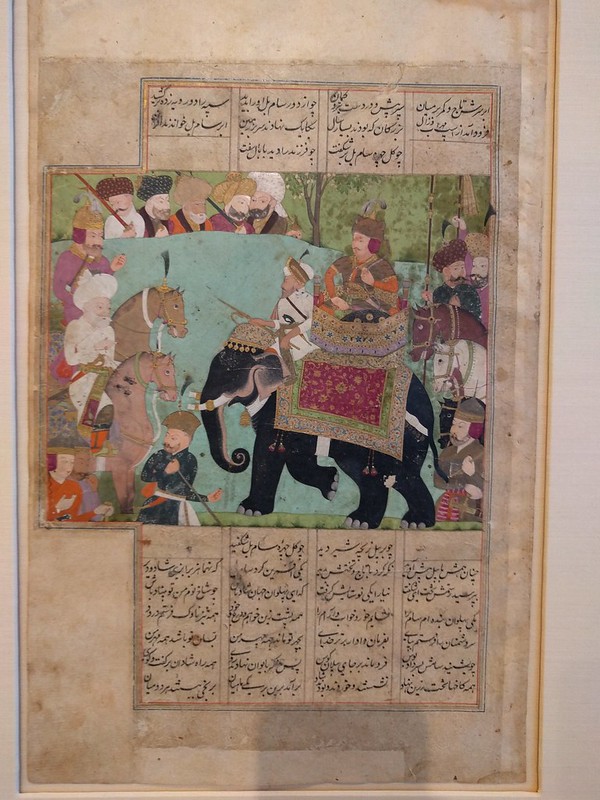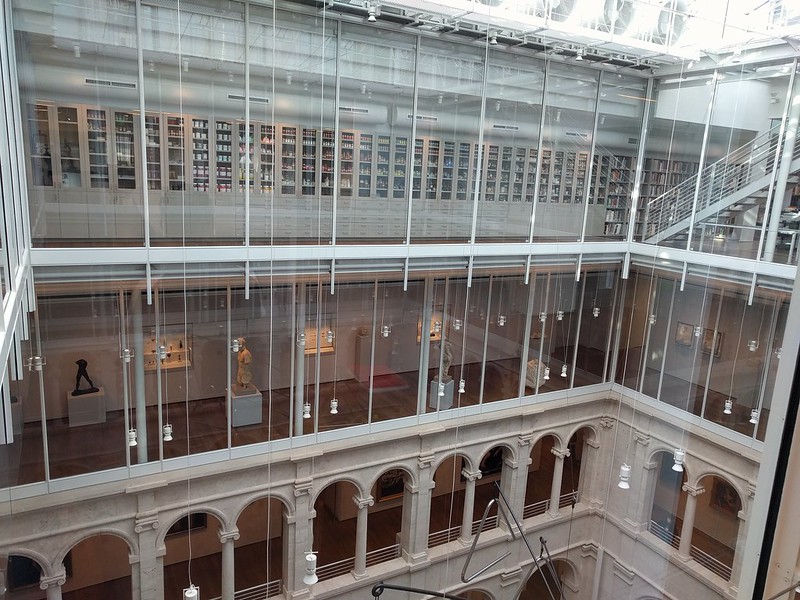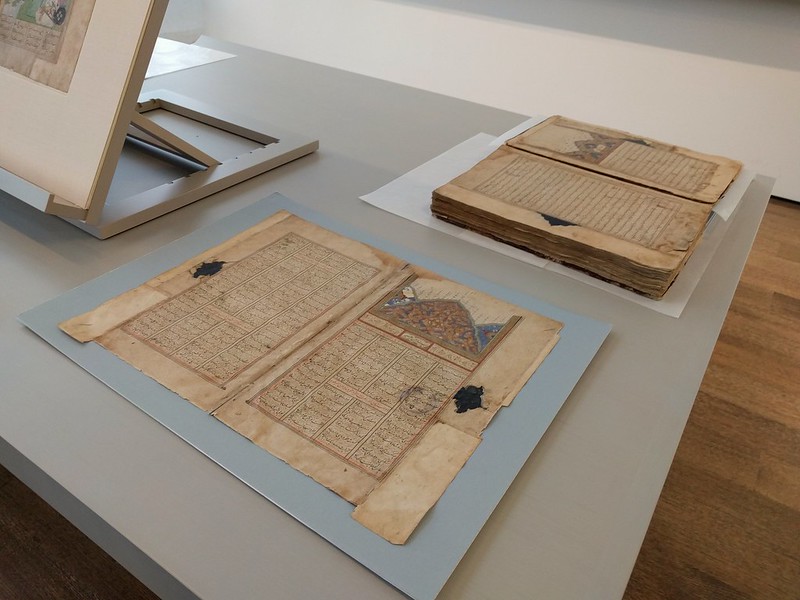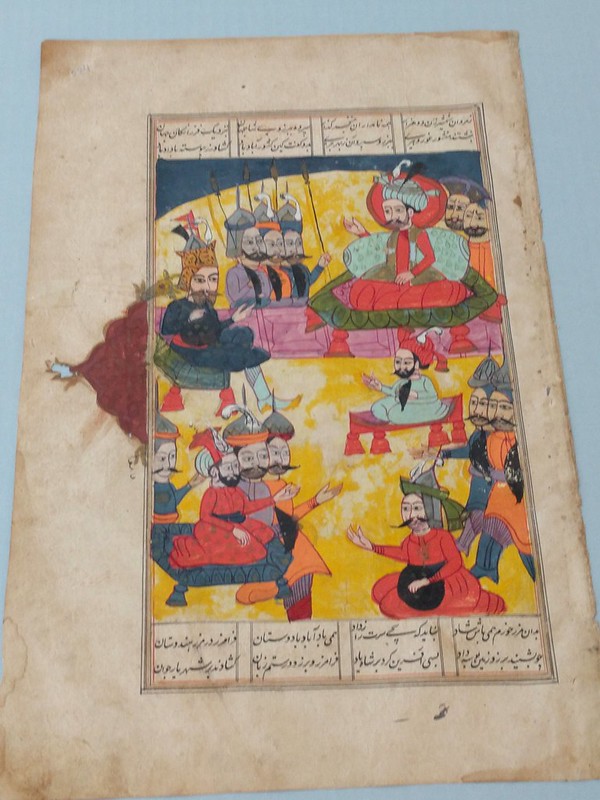By Kashif-ul-Huda, TwoCircles.net
“Free admission, but capacity is limited to 15 and registration is recommended,” read the email sent to me the morning of the event put together by Harvard Art Museum. I quickly emailed to register. How could I miss an opportunity to see in person a manuscript of Shahnamah produced in Kashmir in the 17th century?
Shahnamah or Shahnameh (as pronounced by Iranians) is over 50,000 couplet-long epic poem in Farsi. The world’s longest epic poem took poet Firdawsi about 33 years and was completed in the year 1010 CE. A thousand years later, its popularity has only increased. The email from Harvard confirmed my fear- registration was full. What is it about this poem that has survived a millennium and a distance of over 6,000 miles?
Like you, I also don’t have time to read a poem that is about 60,000 couplets long. That’s why I decided to take my chance and rush to the Harvard Art Museum and hope that some of the people who registered may not turn up. What better way to learn about a masterpiece than seeing the manuscript in person and learning from the experts?
Shahnama tells the history of Persian Empire, from the creation of the world till Arabs conquest of Persia. The poem has mythical stories mixed with history. The literary value of the book is what kept it under circulation in most of the Islamicate world from Turkey to Bengal connected by a common language- Farsi. Even if you have not read Shahnama, you must have come across characters, names, and stories like Rustan and Sohrab, Kai Khusrow, Kavoos, Jamshed.
Stories of Shahnama started to get illustrated in about 14th century and now experts say that it is the most frequently illustrated book in the Islamic world. This particular manuscript that Harvard Art Museum displayed was produced in Kashmir at the turn of the 17th century. Thankfully, some of the people who registered for the Harvard event didn’t show up and I, along with other wait-listers and gatecrashers were let in this room which had the actual manuscript. Pages with illustrations along with some miniature paintings were mounted and placed on tables.
Under the watchful eyes of the museum staff, we were given a guided tour for an hour. Assistant curator Ayşin Yoltar-Yıldırım talked about the history of Shahnama, she also mentioned some of the popular stories. Mary McWilliams, the Norma Jean Calderwood Curator of Islamic and Later Indian Art talked about the paintings themselves, how later artists were influenced by earlier works and there are many instances of elements from older paintings copied as is. Stephanie Rozman, the Calderwood Curatorial Fellow talked about the different elements of the paintings including types of pigments used for different effects.
This particular manuscript had illustrations done as recently as the nineteenth century making this a book that evolved from what it was when it was first written down. This manuscript was donated to the Harvard Art Museum by José M. Soriano, who made his money in mining and acquired this manuscript in 1988. It remained in his possession till 2014, when he decided to donate to Harvard in honour of Thomas W. Lentz and in memory of Stuart Cary Welch.
Lentz retired as the director of the Harvard Art Museum in June 2015. He had studied Islamic art especially Persian painting under Stuart Welch. Stuart Welch, who passed away in 2008, started taking an interest in Indian and Islamic art and learned on his own as Harvard offered no coursework in these subjects. He developed courses for studying Indian and Islamic art and was the curator at the Harvard Art Museum from 1979 to 1987. It is because of his presence that Harvard offers a very impressive collection of Indian and Islamic art.
Taking the elevator down after the talk and exhibit, I was also figuratively coming down to reality. Digital age has given us access to ancient knowledge. I don’t need to have lot of wealth to access the wisdom contained in the Shahnama. Entire text of the book along with translation is available on the internet. Many museums also make available the digital scans of the miniature paintings. Yet, online I cannot feel the exhilaration of being close to a book that was produced more than three hundred years ago and that may have been read by thousands in different space and time. By attempting to read some Farsi couplets I added my name to the readers of this old book. I could get close enough to smell it, yet I couldn’t touch it. The book may be now worth hundreds of thousands of dollars and beyond the reach of ordinary folks like me.
Perhaps it was always the case. The literacy was higher in Islamic world but very few could actually afford to buy books. The process of producing manuscript was tedious and expensive. Oral traditions were strong but limited to what one can memorize. Book production was confined to urban areas but knowledge was not restrictive otherwise a small Iranian town of Tous would not have produced Firdawsi. The same town also was the birth place of Imam Ghazali, a highly respected theologian and philosopher.
In the elevator with me was an old woman with her son. They asked me about my interest in Shahnama. I told them that I consider Indian and Islamic art as part of my heritage. The woman turned out to be Edith, wife of Stuart Cary Welch, the self-taught Harvard curator and with her was her son Thomas Cary Welch. It was an honour to meet family of the man who was responsible for collection of my heritage in a museum accessible to me.
They asked me whether I am a collector. I laughed. Most artifacts of my history and my culture are beyond my means. Perhaps it was always the case. The Book of King was written for a king; a thousand years later the situation has not changed much.





